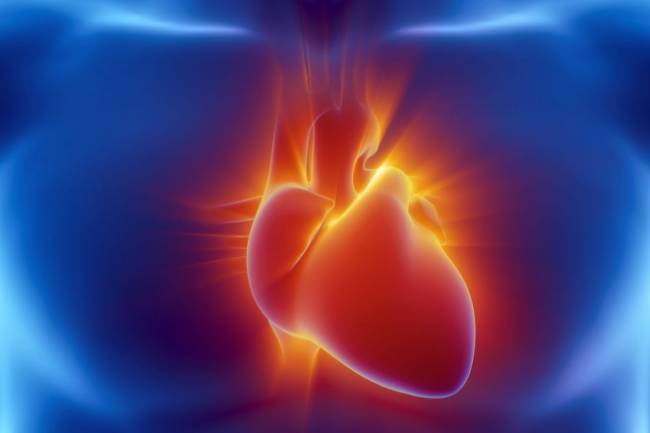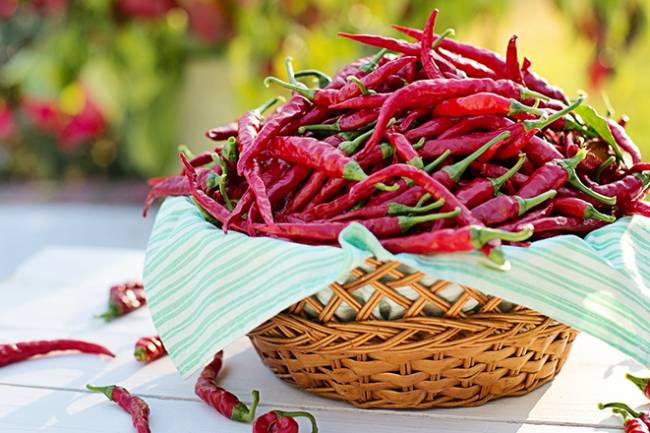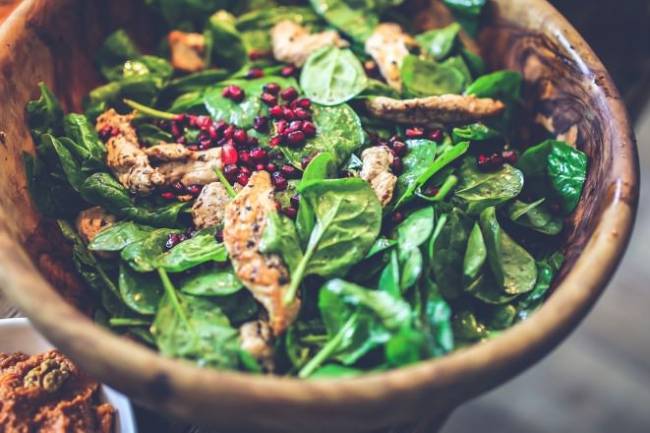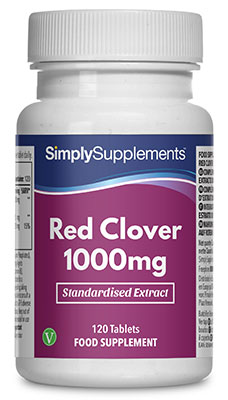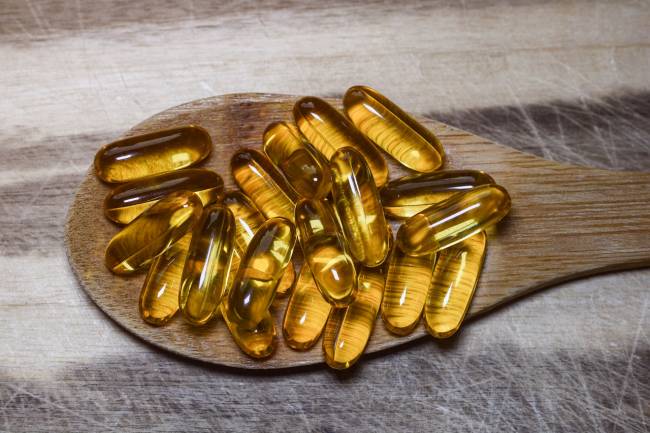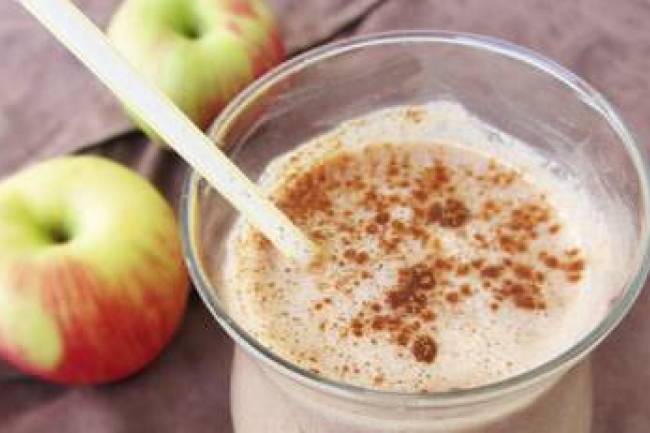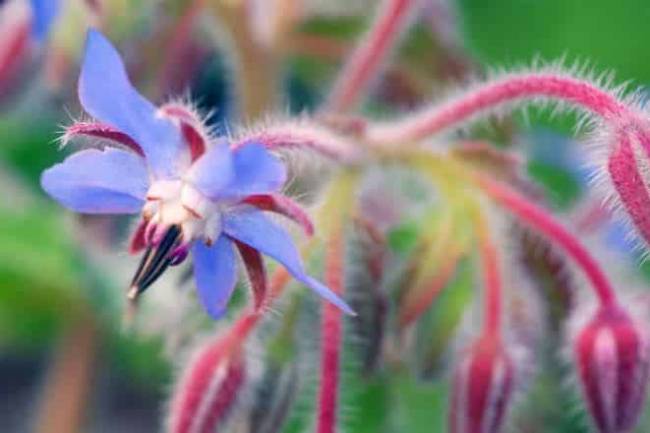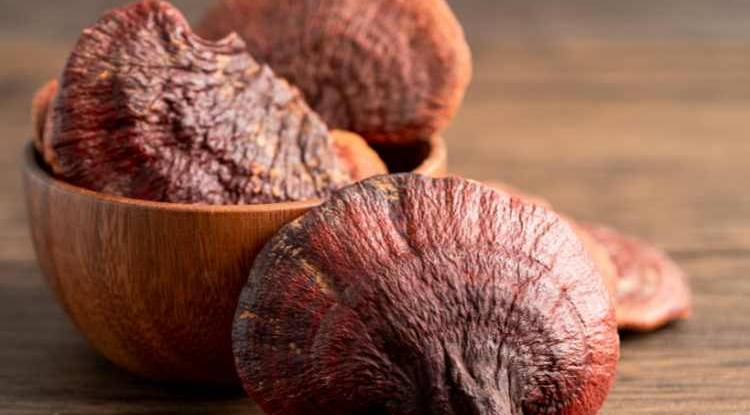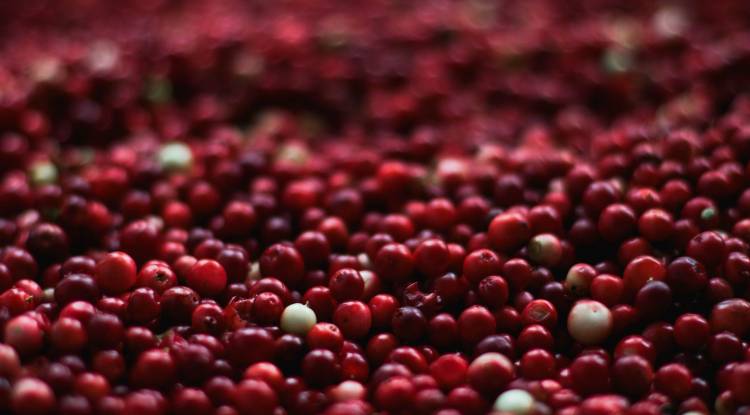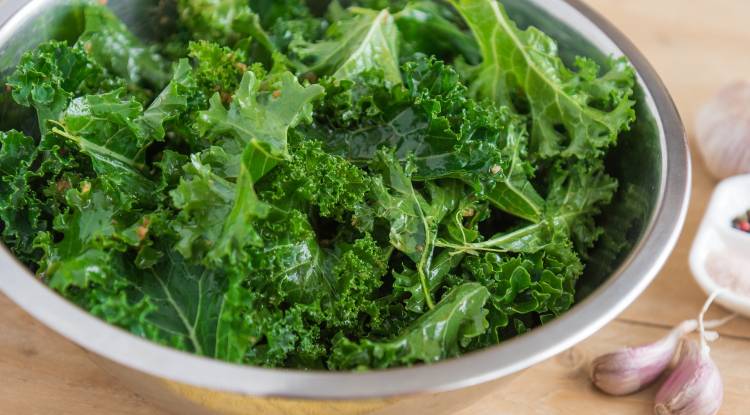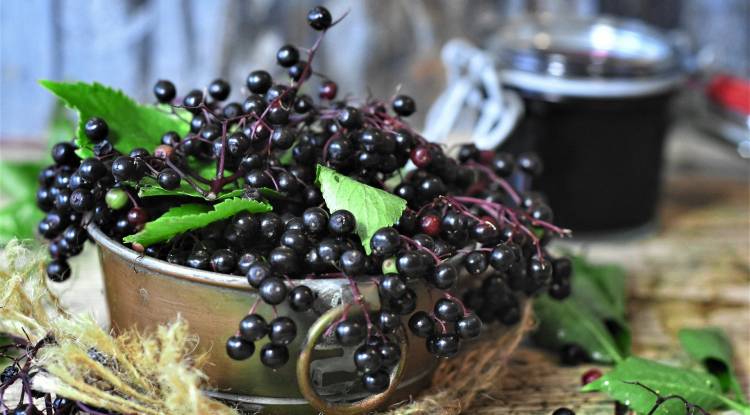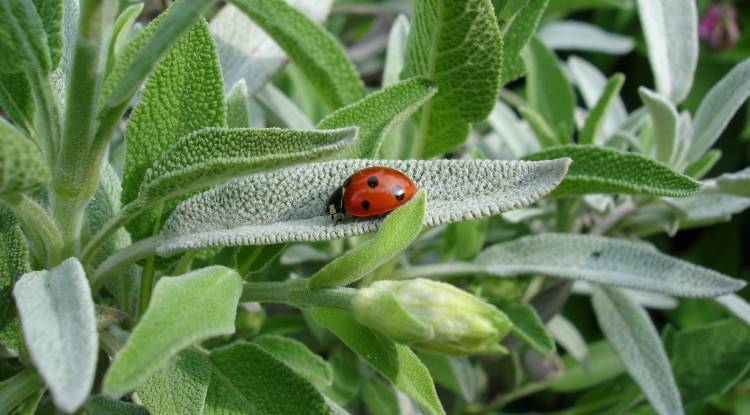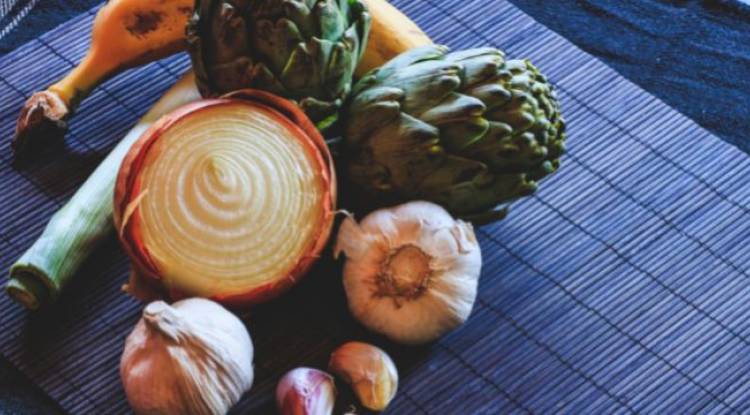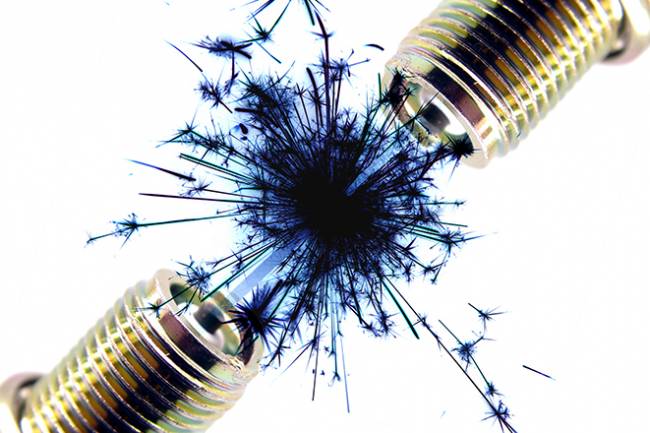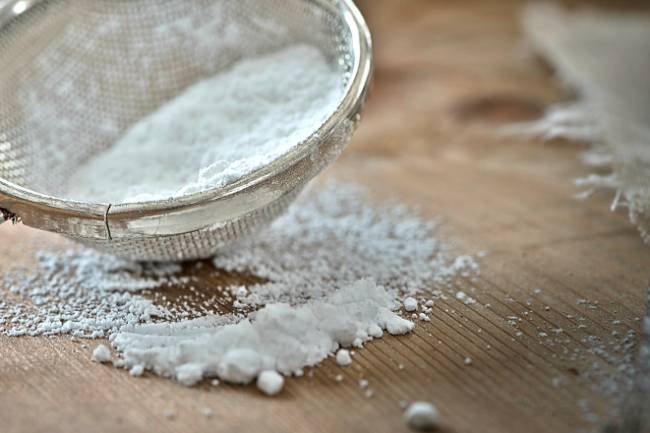Health Benefits of Red Clover
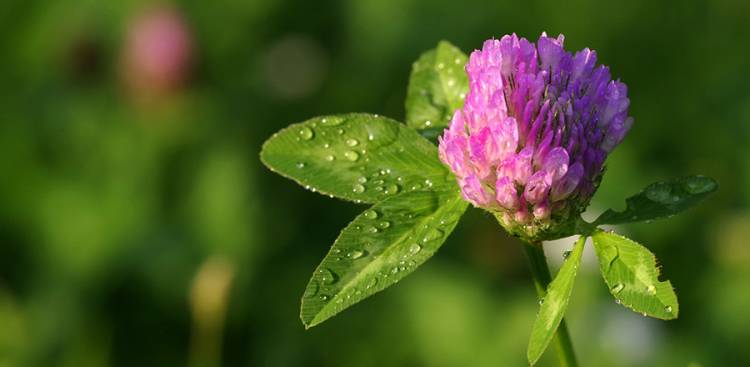
Red clover is a widespread plant that grows wild in many parts of the world, including the UK. Also known by the Latin name of Trifolium pratense, red clover has traditionally been popular with farmers. This is because as a member of the legume family it helps to increase the nitrogen content of soil, boosting the growth of other crops. It has also been used extensively as an animal feed. A number of different clovers exist, all of which have green leaves, with the “red” part of the name referring to the colour of the flowers.
Increasingly, however, red clover is being feted for its potential health benefits. Now available in supplement form, it is believed to help with many symptoms of the menopause, as well as reducing the risk of cardiovascular disease.
What Are the Benefits of Red Clover?
Studies suggest that menopausal symptoms are far more common in western countries than in Asia. Some experts claim that between 10 and 20% of Asian women report hot flushes, for example, whilst over 70% of women in Europe and the USA suffer. It has therefore been suggested that differences in diet may be responsible; in particular the prevalence of soya in the eastern diets.
The active ingredients in soya are known as “isoflavones” but there is growing evidence that red clover may be even more beneficial for symptoms of the menopause.
Hot Flushes
 During the menopause, oestrogen levels in the body start to fall. This, in turn, can lead to a range of unpleasant health conditions, the most common of which are hot flushes. Hot flushes may occur at any time of day, though when experienced in bed they are often referred to as “night sweats”. It is believed that the fall in oestrogen that menopausal women experience impacts the flow of blood around the body. When blood vessels dilate, more warm blood rushes through, creating the experience of a hot flush.
During the menopause, oestrogen levels in the body start to fall. This, in turn, can lead to a range of unpleasant health conditions, the most common of which are hot flushes. Hot flushes may occur at any time of day, though when experienced in bed they are often referred to as “night sweats”. It is believed that the fall in oestrogen that menopausal women experience impacts the flow of blood around the body. When blood vessels dilate, more warm blood rushes through, creating the experience of a hot flush.
Traditionally these symptoms have been treated with hormone replacement therapy (HRT) where oestrogen levels are artificially increased to counteract menopausal symptoms. Such treatments, while effective, are not without their risks however. Many scientists, for example, believe that overexposure to oestrogen is a major contributing factor in the development of breast cancer.
Red clover, however, might just represent an alternative solution without the potentially risky side effects.
Isoflavones are notable because they mimic oestrogen, and bind effectively to the many oestrogen receptors found in the female body. This, it is believed, can lessen the frequency and severity of hot flushes.
The reason that red clover has gained so much in popularity over soya recently is that chemical analysis reveals that it contains two more isoflavone types than soya. Known as “formononetin” and “biochanin” some studies suggest that such isoflavones can reduce hot flushes in roughly two thirds of women.
In one study of the effect, 109 menopausal women suffering from hot flushes were prescribed either 80mg of red clover isoflavones or a placebo for a period of six months. Menopausal symptoms were measured throughout the study. The data pointed to a 73% reduction in hot flushes and a 75% improvement in overall symptoms. This is in comparison to just an 8% improvement in those participants taking the placebo.
In another study, 30 women that were experiencing at least 12 hot flushes per day were provided either with 80mg of isoflavones or a placebo per day. The group regularly ingesting isoflavones experienced a 44% decrease in hot flushes when compared to the placebo group.
Anxiety & Depression
The physical changes associated with the menopause can also have effects on general mood and outlook, with feelings of anxiety or depression being particularly common.
Another study therefore assessed the impact of red clover on mental state. After a 90 day period it was found that the red clover group saw a 76% reduction in feelings of anxiety and a 78% reduction in depressive symptoms.
Cholesterol Control
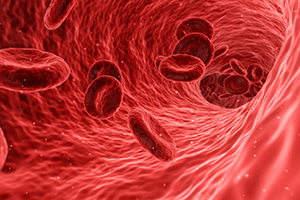 While red clover has perhaps gained most attention for its potential to assist menopause sufferers, there is also a body of evidence to suggest that it may have positive impacts on cholesterol levels. As cholesterol is so intricately linked to the risk of cardiovascular disease, it may be that red clover supplements can reduce our susceptibility to this potentially life-threatening condition.
While red clover has perhaps gained most attention for its potential to assist menopause sufferers, there is also a body of evidence to suggest that it may have positive impacts on cholesterol levels. As cholesterol is so intricately linked to the risk of cardiovascular disease, it may be that red clover supplements can reduce our susceptibility to this potentially life-threatening condition.
Cholesterol is naturally present in the body, and makes up an important building block of cell walls. It is also consumed in the diet, with processed foods containing particularly high levels. It is important to understand that cholesterol by itself is not bad for your health; it is perfectly natural and when the system exists in balance then no issues should arise.
Problems occur when things become unbalanced. At its simplest, there are two types of cholesterol - “bad” cholesterol and “good cholesterol”. Healthy cholesterol levels can be achieved either by decreasing the levels of bad cholesterol in the body, or by increasing good cholesterol. In doing so, the correct balance is achieved.
Studies of isoflavones from different plant sources seem to suggest that they act in rather different ways. While isoflavones from soy seems to reduce levels of “bad” cholesterol, in contrast red clover seems to boost levels of “good” cholesterol. The end result is largely the same - a healthy cholesterol balance.
In a study involving 46 men and 34 women, biochanin (one of the isoflavones found in red clover but not soya) led to a 9.5% improvement in overall cholesterol, but it is interesting to note that the change was considerably greater in men than women.
One final interesting study of red clover’s impact on cholesterol took things one stage further, and analyzed its impact on blood pressure - another risk factor for cardiovascular complications. The scientists in question found that people treated with 50mg of red clover isoflavones saw healthy reductions in both systolic and diastolic blood pressure.
Antioxidant Properties
Seemingly unrelated to the isoflavone content of red clover, there is evidence to suggest that it contains a rich array of polyphenols with potential antioxidant properties. In analyses of polyphenol content it was found that red clover contained an impressive 153 mg/g compared to soya’s 18 mg/g.
Polycyclic aromatic hydrocarbons (PAHs) are compounds typically released as a result of burning. For example, people living near power stations are believed to be exposed to particularly high levels of PAHs, while second-hand smoke is another common cause. Unfortunately, bearing in mind how common PAHs are in the air around us, they have also been linked to a number of cancers, including those of the lung, bladder and liver. It is believed that these PAHs damage normal cell DNA, allowing cancerous cells to proliferate.
Interestingly, the isoflavones found in red clover have been shown in studies to positively impact this process. Scientists have noted that biochanin - one of the isoflavones found in red clover - inhibited the reaction normally caused by these toxins. In conclusion, the scientists claimed that “red clover isoflavone could offer protection against polycyclic aromatic hydrocarbon-induced DNA damage”.
How Much Red Clover Should I Take?
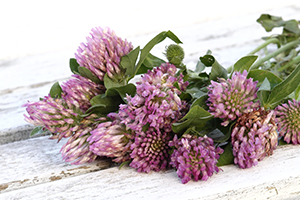 No official guidelines yet exist for how much red clover should be taken to see beneficial effects. That said, most studies seeing positive health impacts have used between 50 and 80mg of red clover daily.
No official guidelines yet exist for how much red clover should be taken to see beneficial effects. That said, most studies seeing positive health impacts have used between 50 and 80mg of red clover daily.
It is worth highlighting that studies suggest the beneficial impact of red clover may vary depending on growing conditions. For example, experts have noted that red clover grown in damp conditions tends to have very different isoflavone content than those grown in dry conditions. As a result, should you decide to try red clover it is important to purchase it from a reputable supplier using carefully standardised ingredients.
There is currently no evidence for what levels should be safe in children or pregnant women, so until more data is forthcoming these groups should likely avoid taking red clover as a precaution.
Supplements should only ever be taken with the guidance of a qualified health professional, in order to ensure that no adverse reactions occur with existing medication.
Side Effects of Red Clover
The studies published to date suggest that red clover is generally quite safe.
One analysis entitled “Red Clover and Soy Isoflavones - an In Vitro Safety Assessment” aimed to assess the potential health risks. They cultured a range of different cancer cells and added red clover isoflavones to monitor any impact. No negative impacts were experienced, with the experts concluding that “isoflavones can be considered safe compounds”.
Another consideration when it comes to treatment for the menopause relates to the loss of bone mineral density often seen. Changes in oestrogen levels can be reflected by the onset of osteoporosis, which can lead to weaker bones and an increased chance of fractures. A study in which postmenopausal women received 43 mg of red clover for an extended period of 12 months found “there were no significant treatment effects on hip bone mineral content or bone mineral density”. This again suggests that red clover should be safe.
Summary
Red clover is a widespread plant that grows wild in many parts of the world. Studies have found that it contains particularly high levels of chemicals known as “isoflavones”. These, in turn, behave like oestrogen in the body and so are believed to help reduce the symptoms of menopause. To date, studies suggest that red clover seems quite safe, and in suitable doses may also help to normalize cholesterol levels in the body.
Sources:
http://www.tandfonline.com/doi/abs/10.3109/09513590.2011.588743
http://ajcn.nutrition.org/content/79/2/326.short
http://www.sciencedirect.com/science/article/pii/S0378512202000804
http://www.sciencedirect.com/science/article/pii/S0378512209003958
http://www.tandfonline.com/doi/abs/10.3109/09513590.2011.593671
https://www.nature.com/articles/1601796
http://onlinelibrary.wiley.com/doi/10.1046/j.1463-1326.2003.00282.x/full
https://www.cambridge.org/core/journals/british-journal-of-nutrition/article/the-red-clover-trifolium-pratense-isoflavone-biochanin-a-inhibits-aromatase-activity-and-expression/65AAC33E266F5BF7E77263DF6BC9FEAF
http://www.sciencedirect.com/science/article/pii/S1466856403000407
http://www.tandfonline.com/doi/abs/10.1080/13697130600736934
https://jamanetwork.com/journals/jama/fullarticle/196896
https://www.cambridge.org/core/journals/british-journal-of-nutrition/article/the-red-clover-trifolium-pratense-isoflavone-biochanin-a-modulates-the-biotransformation-pathways-of-7-12-dimethylbenzaanthracene/D6969571CE02F1A8789F32709B2895F8
https://link.springer.com/article/10.1007/s10886-005-5286-1

 Nicole
Nicole 